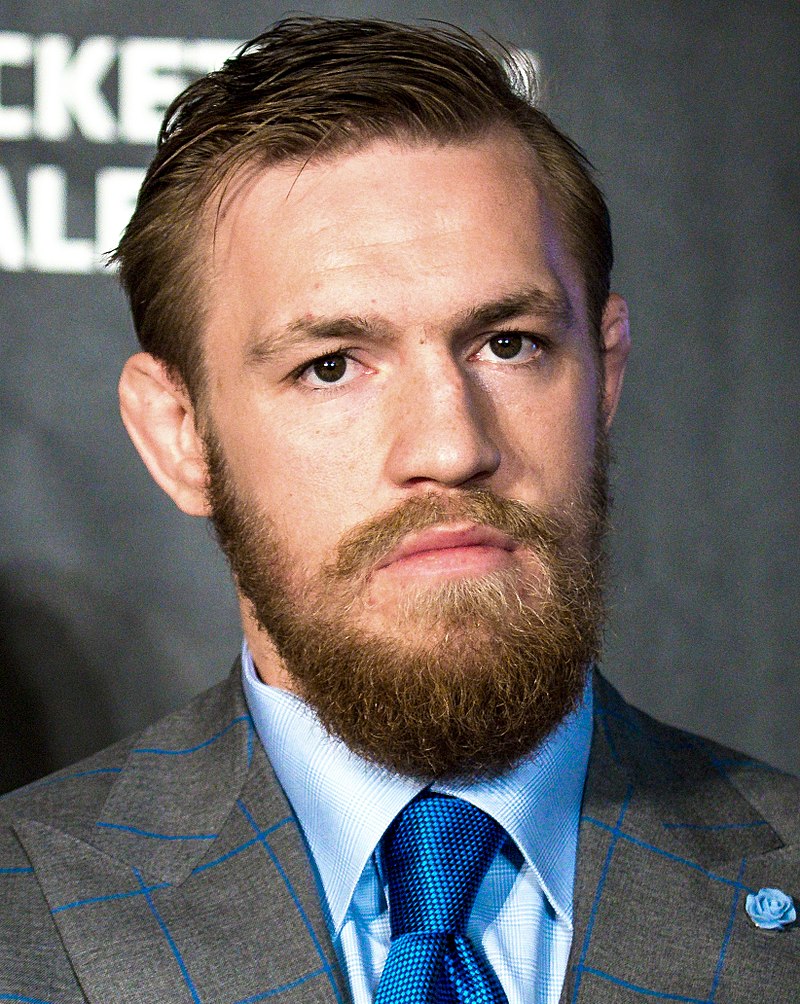By Gary Elbert
The history of vale tudo is the history of grapplers testing and besting various striking based martial arts disciplines. Royce Gracie’s early UFC success showcased the dominance of ground fighting when faced with stand – up fighters. The lineage persists throughout this embryonic period of televised MMA, with dominant champions all working off a wrestling – based schemata.
That supremacy has been a running theme throughout the past two decades. Most of the organisations champions and especially those who reigned over longer periods were almost all fighters with extensive wrestling backgrounds. That trend continues to the present day. Tyron Woodley, Daniel Cormier, T.J. Dillashaw, and Khabib Nurmagomedov all evolved from wrestling heavy cultures and school programs.
Any crossover attempts from traditional combat sport have been mismatches. That is why the talk of Floyd Mayweather stepping into the octagon is ludicrous to anyone with even a superficial knowledge or appreciation of mixed martial arts. To compete effectively in this hybrid extreme sport, one requires at minimum two to three years of grappling and ju jitsu training, with a weekly commitment of four to five hours participation.
Conor McGregor’s loss to Nurmagomedov on 7 October merely extends the trend. The overhand right that McGregor ate in the second round was a product of the hesitancy a consistent takedown threat triggers in the recipient. It was a right hand that McGregor has slipped and countered a thousand times, but this time his awareness of the takedown threat left him open to the flush blow, sending him onto the canvas.
McGregor’s meteoric rise to champion status appeared to signal a new era of striking dominated MMA stars. Sadly, his performance against the Dagestani phenomenon mirrored George St Pierre’s smothering of Nick Diaz and Daniel Cormier’s neutralisation of Anderson Silva; that fight narrative is endless. Competent wrestlers dictate the shape and pace of MMA fights, enjoying an immediate tactical advantage before a punch is thrown and ducked under.
Nurmagomedov’s wrestling and grappling ability is spoken of reverentially in the American MMA scene. Stories of the Dagestani overwhelming Olympic wrestlers at the AKA academy are regular, while his resume is a highlight reel of utter domination against a stream of highly capable mixed martial artists.
That’s why McGregor deserves immense credit for accepting this assignment after two years out of the Octagon. In boxing, a two year hiatus usually warrants a slow build up process, involving tune up fights against mediocre foes. Tyson Fury’s return is a recent salient example. Ring rust is real, and any perceptive observer that night could see McGregor’s head movement and hand speed were not as sharp as seen in previous performances.
A more worrying theory is athletes like McGregor are not built for longevity. The speed and explosive dynamism of his highlight performances may have eroded already at age 30.
Nurmagomedov’s stifling top control and evasiveness in the early rounds clearly depleted McGregor’s arms, sapping the snap out of his shots and significantly reducing his knockout ability. It was a flawless performance, and its difficult to see how McGregor can reduce the gap in wrestling ability between now and the rematch. It may not be a stretch to predict that McGregor’s days as a peerless champion are now behind him. His desire to fight faded names, such as Anderson Silva, was a worrying portent ahead of the Nurmagomedov bout.
The Dagestani has nailed the template on how to beat the Irishman. Unless the fearless Dubliner undergoes a rebooting of his style and training camp, it is quite possible that he will never wear gold again. But this is MMA, the sport of all sports.
Tony Ferguson, that wild combat anarchist, is beatable, as is Kevin Lee. An immediate rematch against Khabib is the wrong move. The time for the trilogy fight with Diaz is now, and should be signed, sealed and cashed in, which will bring us into autumn next year where a reassessment of the lightweight landscape may yield a more promising vista for McGregor than the current situation.
This has been a common problem for Irish and European mixed martial artists when facing American and Russian opponents. Back in June at the IMMAF European Championships, the Irish that failed to medal or were beaten mostly lost to opponents who provided a consistent takedown threat, and relentlessly pursued it.
Irish combat sports and indeed the Irish conception of fighting or duelling has always centred on boxing and traditonal martial arts. In fact, one of the reasons why many Irish teachers of Taekwondo and karate are so dismissive of mixed martial arts is because the sport invalidates the efficacy of such disciplines in real life combat situations.
Here in Ireland, the antics afterwards inside and outside the cage provoked the usual finger wagging columns from unqualified chancers perched upon a moral soapbox. A day after the Vegas theatrics, two rival villages in an Ulster Gaelic football match proceeded to engage in a full – scale brawl that made the goings on at the MGM look like a game of croquet.
The soundbites and moral handwringing over this incident were conspicuous by their absence of course. Those who cheer McGregor’s loss are not qualified to analyse the intricacies of the Dubliner’s life choices.
What happened in Vegas was not a good look, but this is elite level prize fighting, where the casuals are hooked by hyperbolic and manic pre and post – fight antics. And without the casuals and armchair experts, the fighters cannot get the level of pay commensurate with their skills, sacrifice and discipline, in societies where such traits are horrifically lacking.
McGregor understands this dynamic and exploits it to the full. He is now the biggest star in the history of combat sports. Not bad for a man subsisting on social welfare five years ago.
